
3 minutes read
PHP 8.3's Override attribute in a nutshell
Table of contents
What does the Override attribute do?
When you are using PHP 8.3’s new Override attribute, here’s what you tell other developers or your future self:
- I’m overriding a method from the parent class or one of the implemented interfaces.
- I have correctly overridden the method. If, for instance, I made a typo, the code would throw an error.
I had so much trouble understanding this one. But in fact, it’s dead simple. 😅
Here’s an example:
class SomeClass { public function someMethod() { } } class SomeOtherClass extends SomeClass { public function someMethod() { } }
In this example, SomeOtherClass overrides the someMethod method from its parent class, SomeClass. But what happens if we change someMethod in SomeClass? Our override will be completely nullified.
But as you guessed it, the solution to this problem is the Override attribute:
class SomeClass { // We renamed the method. public function someRenamedMethod() { } } class SomeOtherClass extends SomeClass { // But now, thanks to Override, we get an error message saying // that our override doesn't override any method anymore. // // Fatal error: SomeOtherClass::someMethod() has #[\Override] attribute, but no matching parent method exists #[Override] public function someMethod() { } }
How neat is that? 👌
When to use Override
Let’s look at some scenarios where Override is incredibly useful:
- Accidental method names: Imagine you’re working on a class that extends another. You add a new method, thinking you’re overriding a parent method. But, oops, you got the method name wrong. Without
Override, PHP wouldn’t warn you, leading to potential issues. WithOverride, PHP immediately alerts you to the mistake. - Interface changes: You have a class implementing an interface. Later, the interface changes, maybe removing or renaming a method. Without
Override, you might not realize your class no longer correctly implements the interface. With the attribute in place, PHP would flag this change, prompting you to update your class.
Why did the PHP team choose the Override attribute over a new keyword?
You might wonder why the people working on PHP used the Override attribute instead of a new keyword (like final and readonly for instance). The reason is twofold:
- Backward compatibility: Using an attribute doesn’t require changes to the PHP parser, making it backward compatible. You can add it to existing codebases without issues.
- Non-behavioral: The attribute doesn’t change how the method works or is called. It’s purely for validation during development, making it less intrusive.
Limitations of Override and its future
Currently, Override is limited to methods. Properties, another key part of classes, don’t yet have a similar feature. However, the future might bring more enhancements, like class-level attributes or directives to enforce the use of Override.
Did you like this article? Then, keep learning:
- Explore all new PHP 8.3 features and changes for broader context
- Preview future PHP 9.0 planned changes and breaking features
- Discover the fastest way to check if PHP arrays are empty, optimize code
- Master PHP array filtering with array_filter() for better data handling
- Convert PHP arrays to JSON for data exchange and API communication
- Deep dive into PHP's array_map() for improved code clarity and transformation
- Learn how to sort any kind of array in PHP efficiently and effectively
- Understand and use PHP Enumerations for safer coding patterns
- Learn effective error handling with PHP try and catch blocks
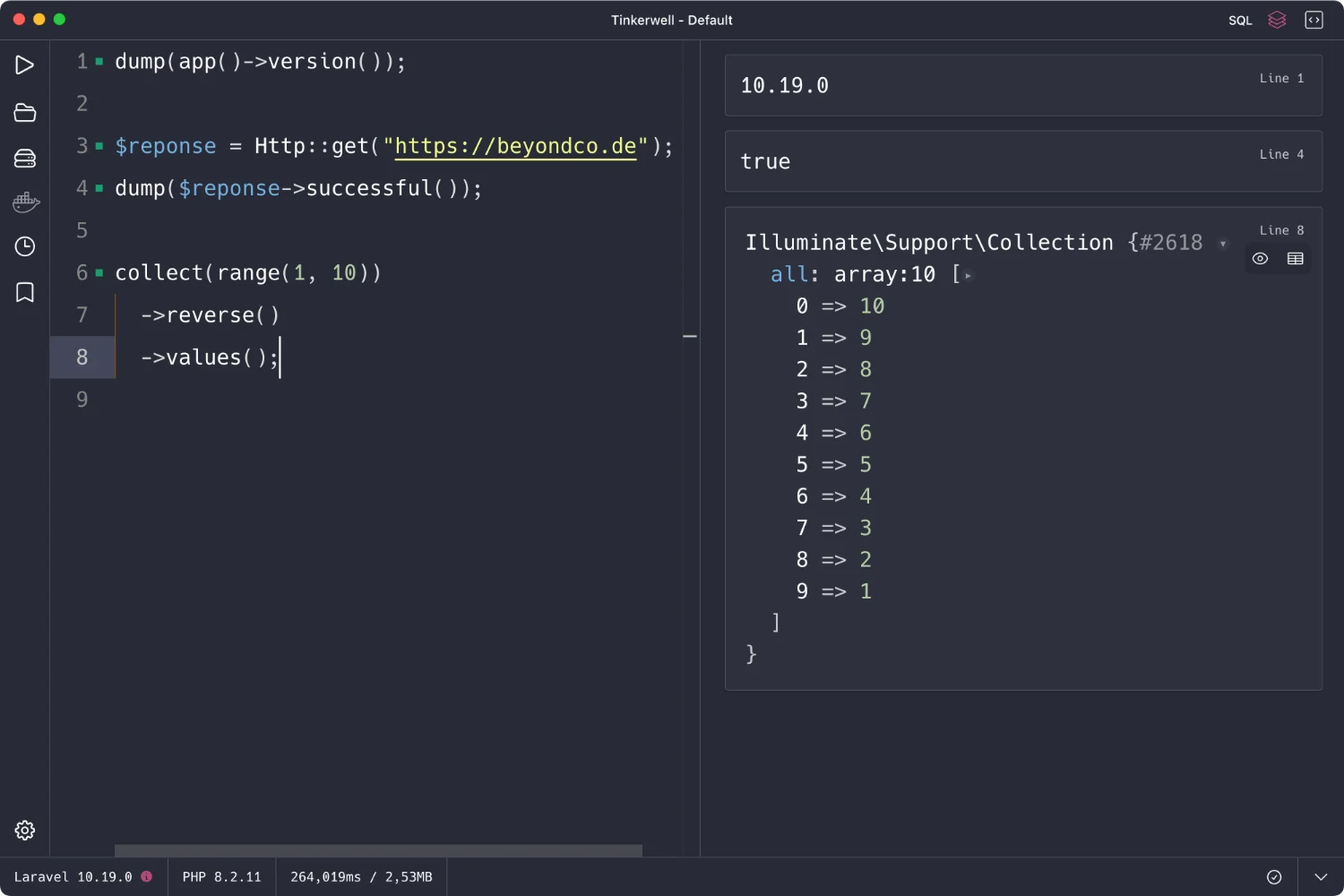
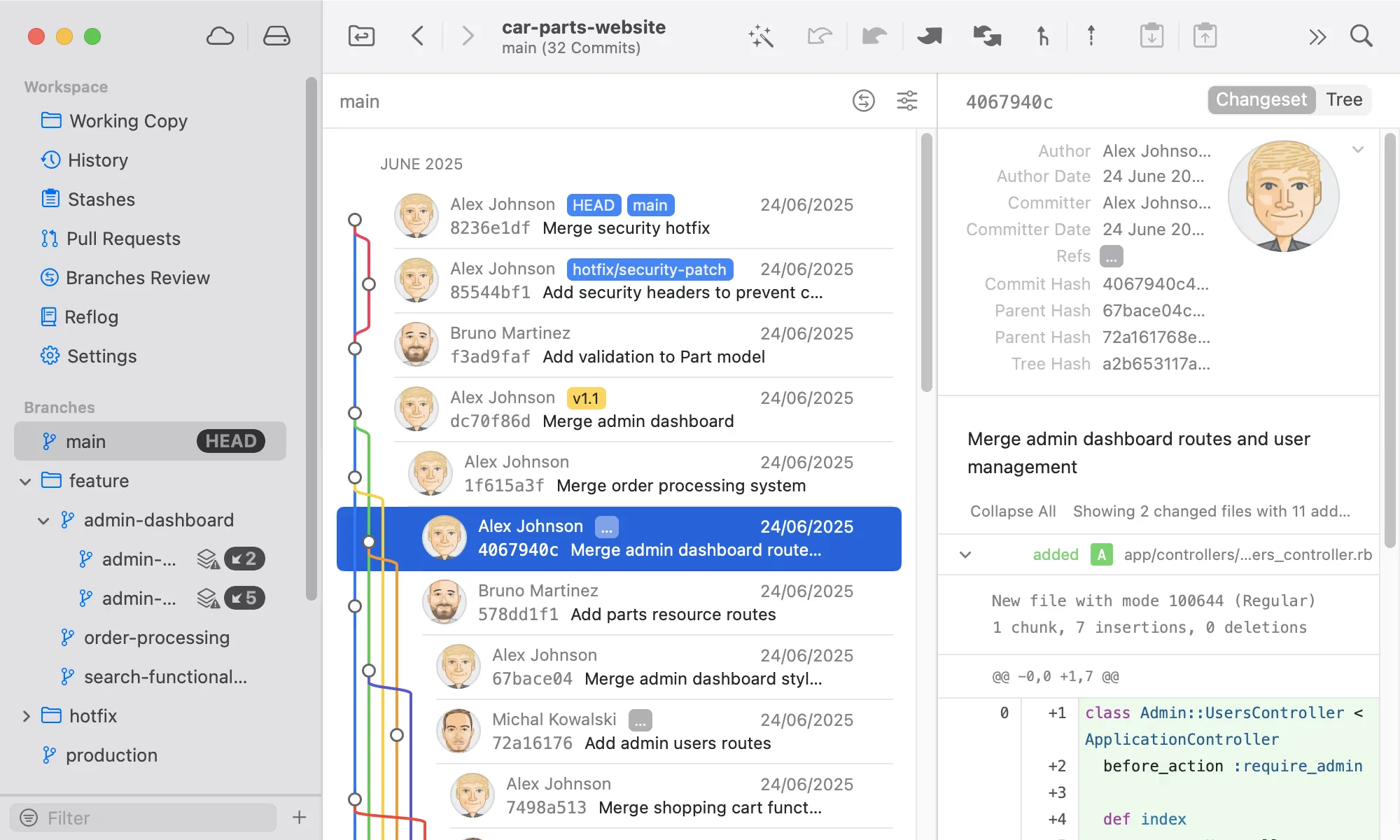

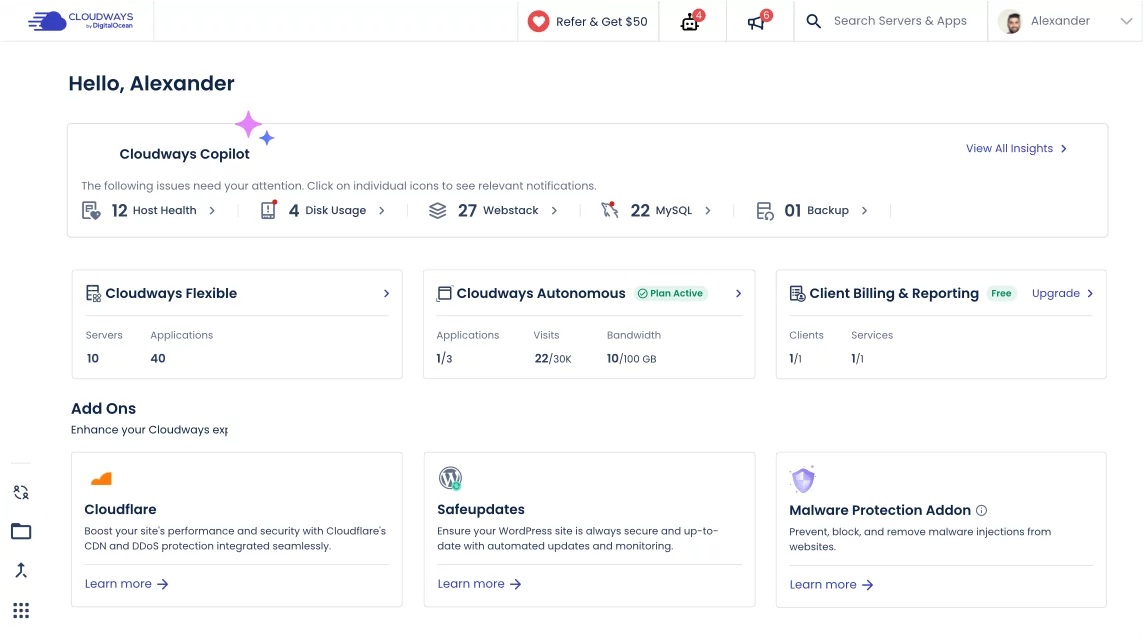

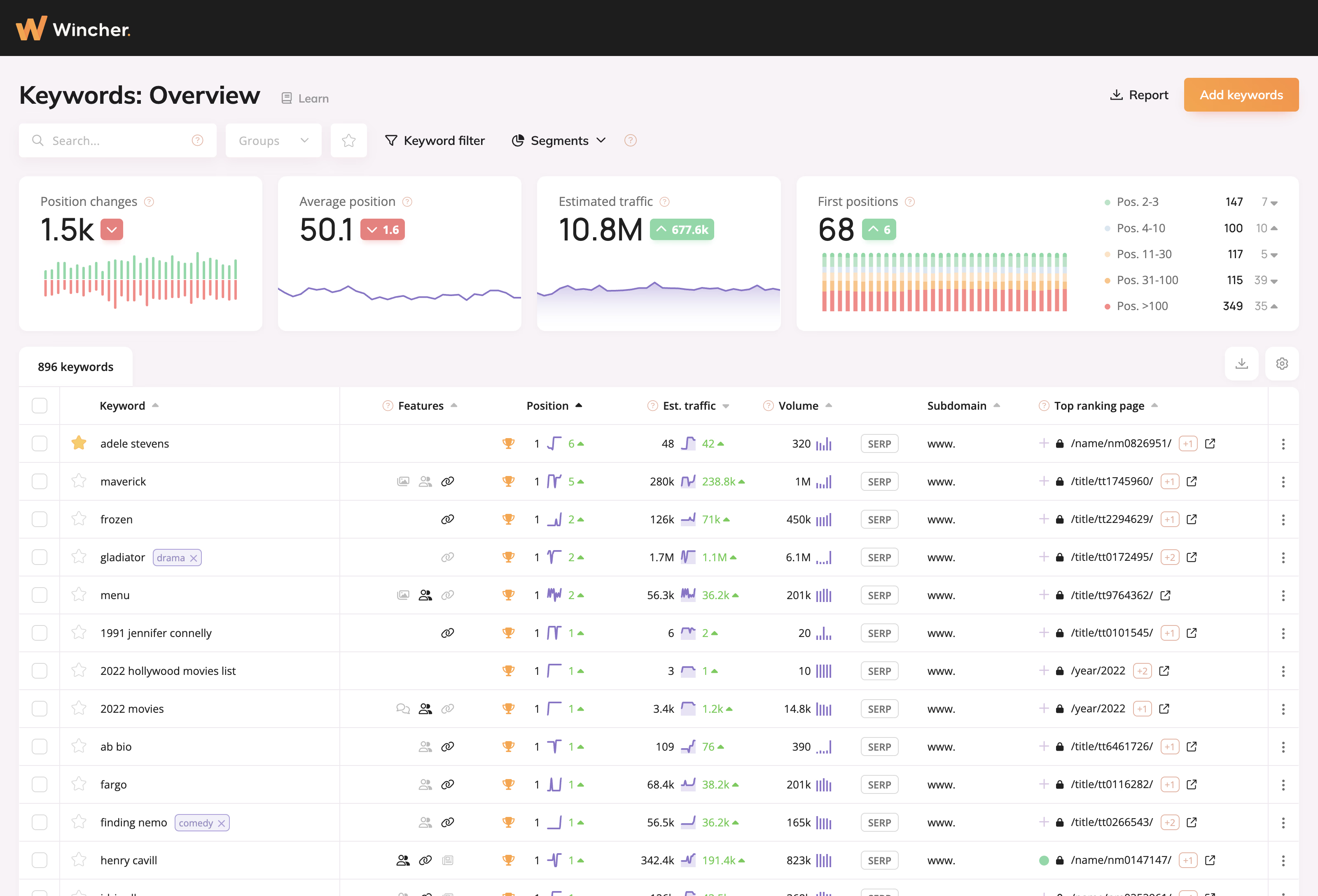
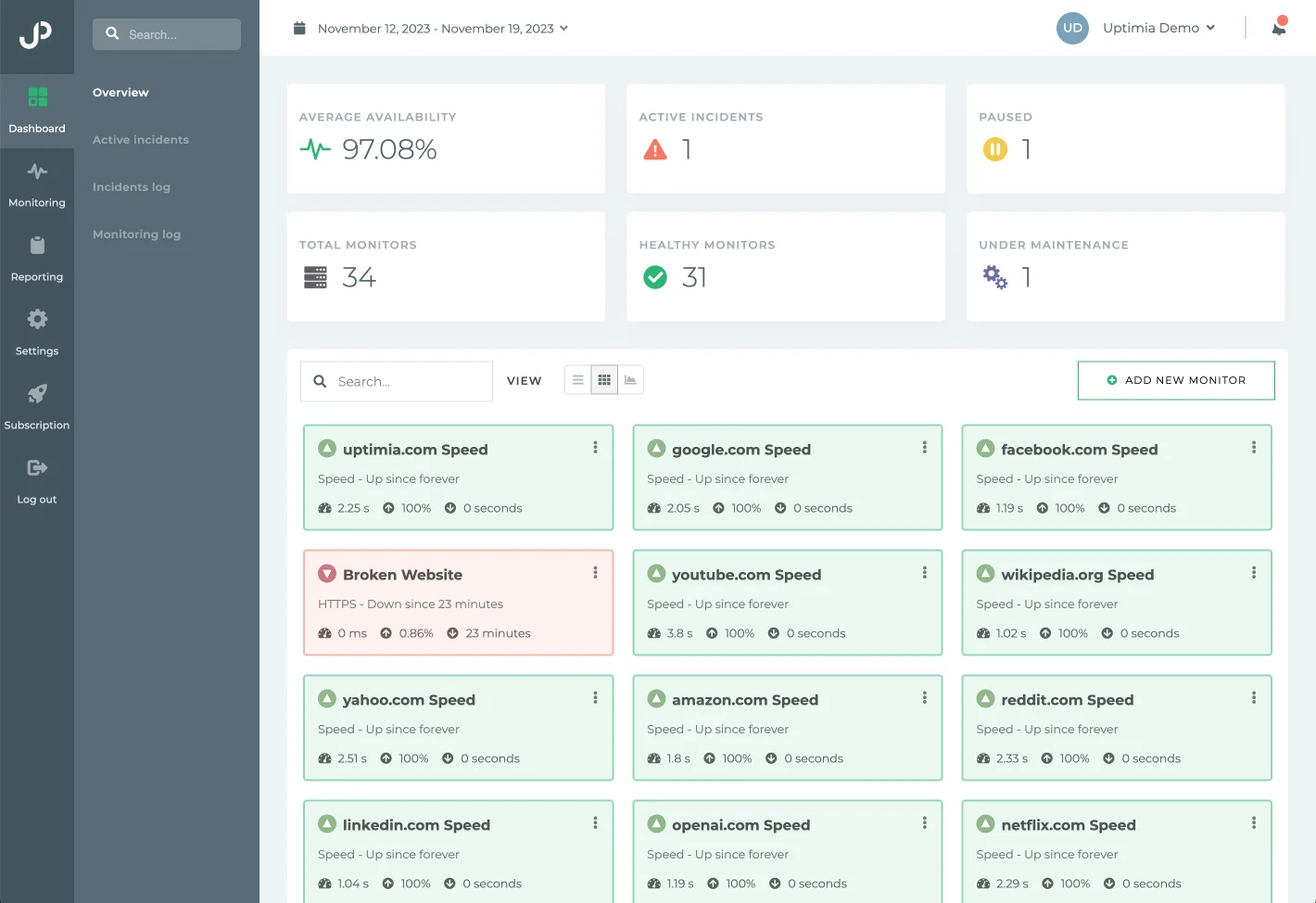
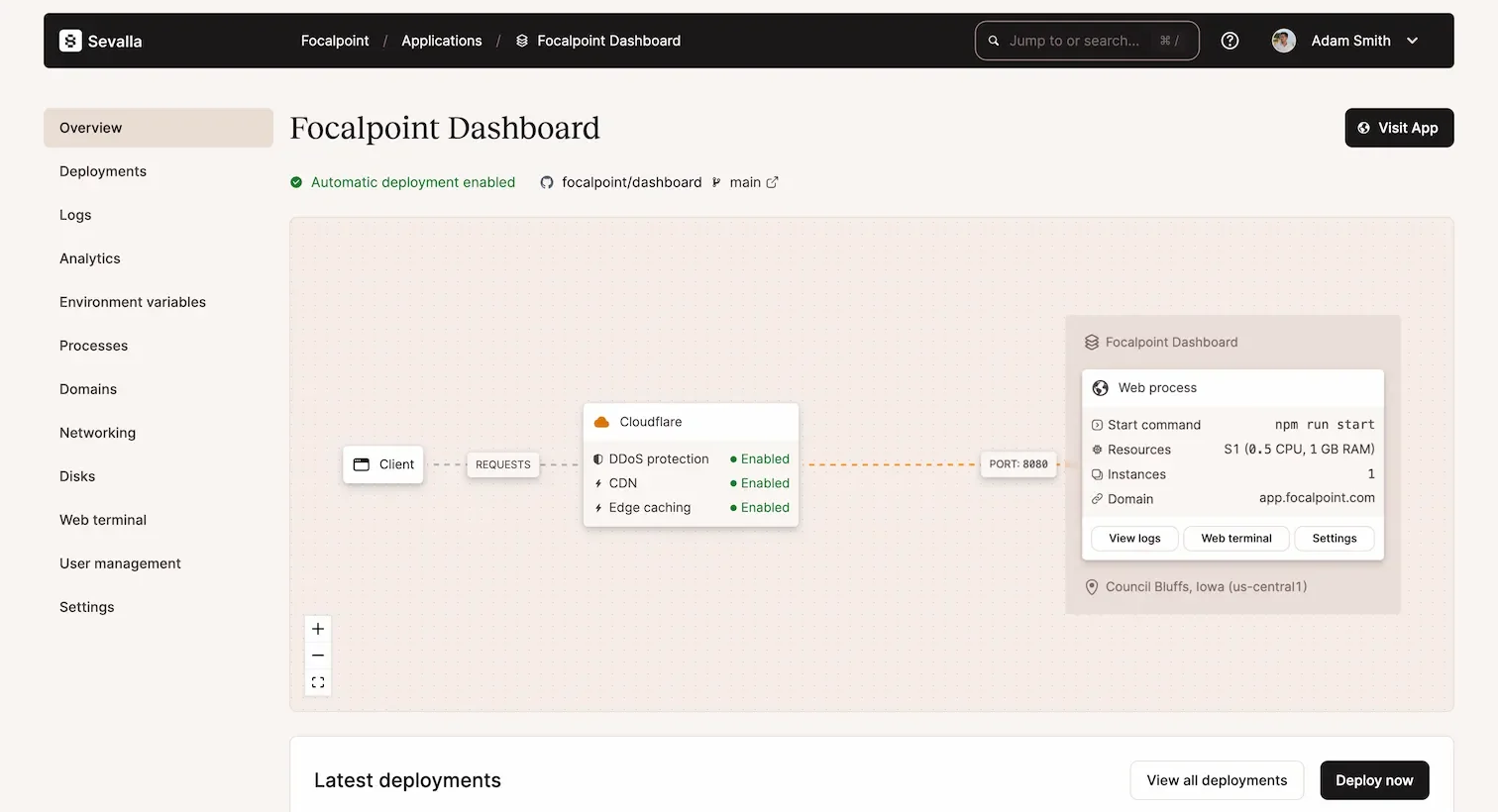
0 comments